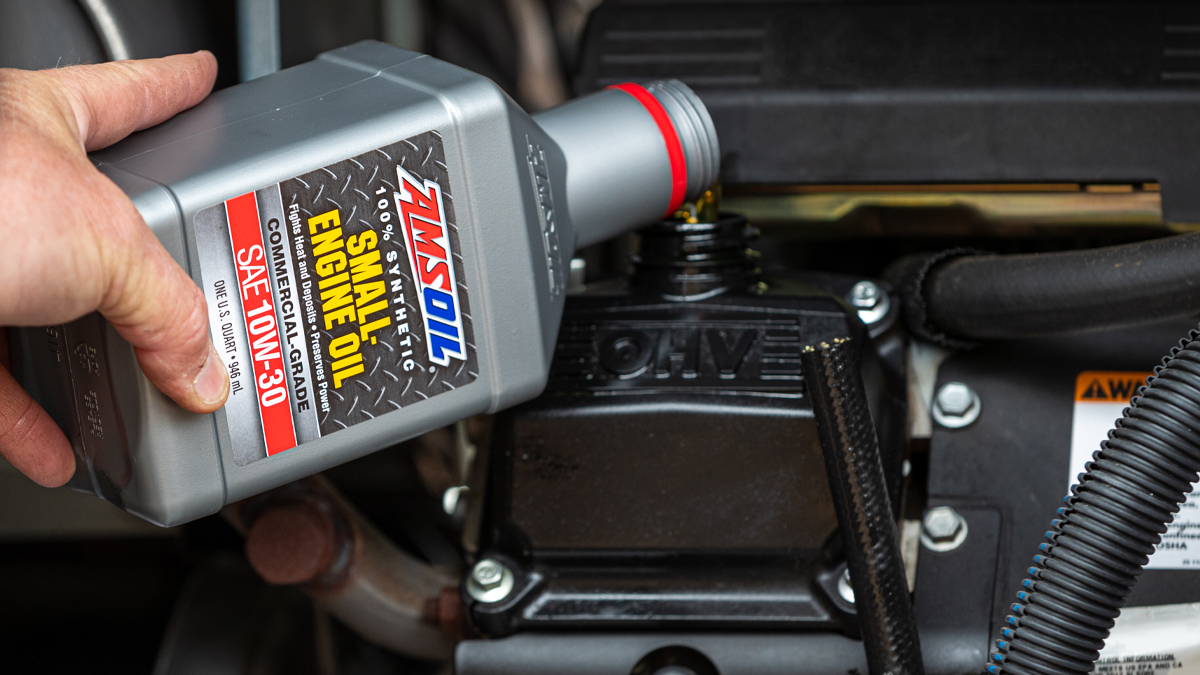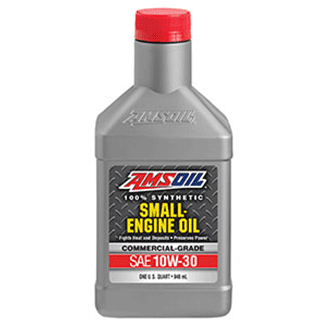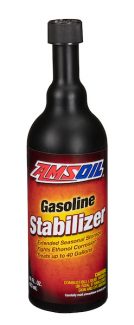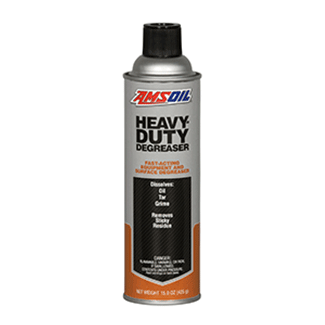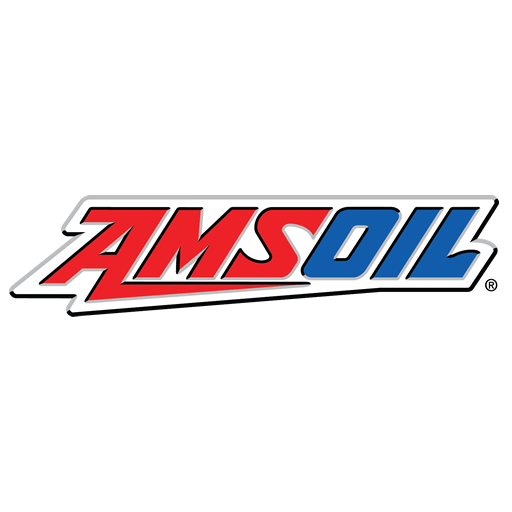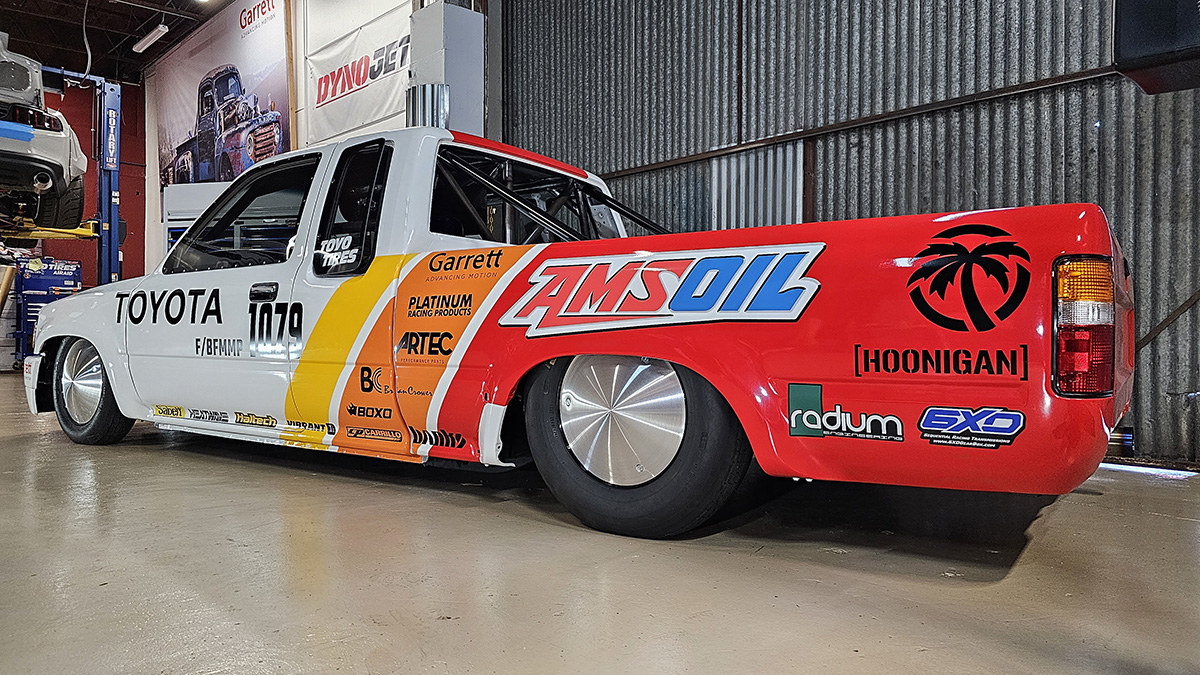Although they’re often neglected, generators require proper maintenance to ensure they start and run properly when called upon. The following generator maintenance tips will help ensure you’re not stuck in the dark the next time the power goes out.
Top Generator Maintenance Tips
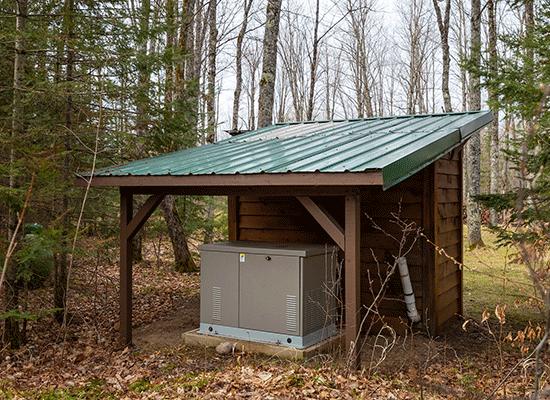
Keep Enough Oil In Stock
Check the owner’s manual for recommended oil-change intervals, and be aware that most new generators require an oil change after the first 25 hours of use. Be sure you have enough extra oil on hand should you need to run your generator for an extended period.
AMSOIL Synthetic Small-Engine Oil helps preserve engine power, reduce oil consumption and reduce maintenance in small engines used in severe service. Its long-life formulation has repeatedly demonstrated its ability to safely exceed OEM drain intervals in the toughest conditions.
Test Periodically
Start the generator every few months to ensure it runs well. Allow it to run long enough to charge the battery for the electric starter. Try plugging in an electrical device to ensure it receives power.
Keep Your Fuel Fresh And Clean
Many generator starting problems can be traced to old fuel. Be sure to always use fresh fuel, or use AMSOIL Gasoline Stabilizer to keep fuel from deteriorating for up to 12 months. As the image shows, it also provides excellent corrosion protection for maximum fuel-system performance and life.
It’s also important to keep the fuel clean. Store fuel in a clean fuel container and keep it away from high-traffic areas.
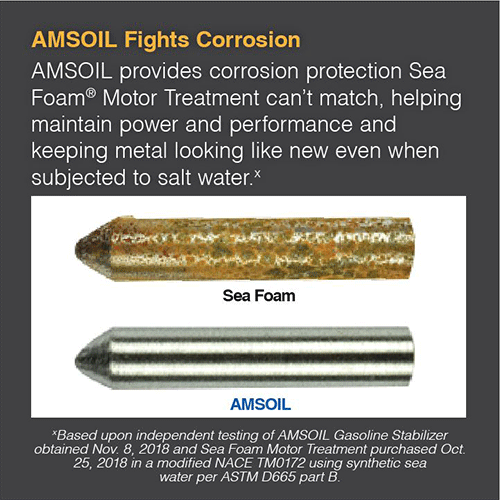
Check Air Filters
Regularly check the generator’s air filter. If it appears dirty, it can often be cleaned with soap and water. Be cautious not to tear the filter, and be sure it dries completely before reinstalling.
Replace the air filter according to the recommendations in your owner’s manual.
Check Fuel Lines
It’s inevitable fuel lines will crack with time and use, preventing gas from reaching the fuel system and preventing the generator from starting and running properly. One of the most overlooked generator maintenance tips is to replace damaged fuel lines to ensure your generator starts and runs efficiently when it’s needed.
Clean The Engine
Use an air hose to remove dust and dirt from the engine. Use AMSOIL Heavy-Duty Degreaser to remove grease and grime. Once clean, check for oil leaks. Tighten or replace any parts where leaks are spotted.
Check Spark Plug
Along with old fuel, another common cause of starting problems is a bad spark plug. Check the spark plug periodically for residue or damage. If it’s dirty, clean it with a wire brush. If starting problems persist, replace it. The spark plug should also be replaced if it’s visibly damaged.
Use A Proper Power Cord
People often place their generators away from the house to cut down on disruptive noise. To reduce voltage drop and premature wear on your unit, use a heavy-duty, 12-gauge cord that is no longer than 100 feet.
Follow these generator maintenance tips and your generator should provide reliable power for years.
